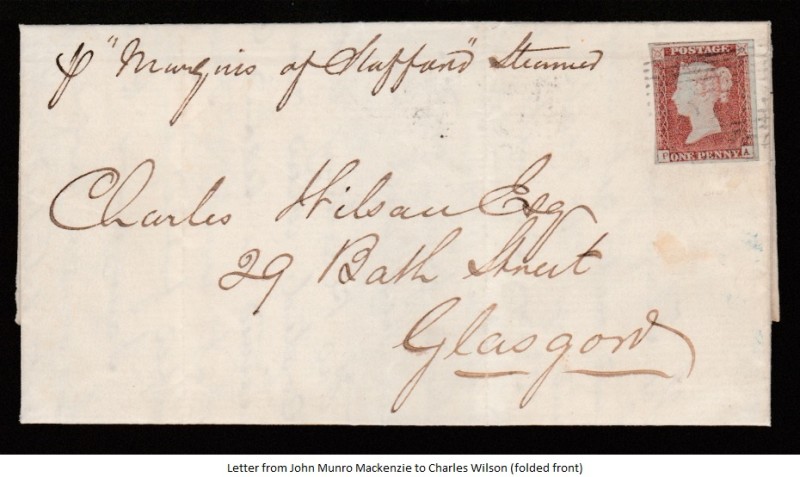These rolls are presumed to be personal copies of Edward Russell (1653-1727). They are formal documents, written with iron gall ink in a court hand onto parchment membranes. Each roll consists of many membranes that are sewn together.
Search FNL grants since 1931
Proctors’ account book for St Bartholomew’s Hospital, Newbury, Berkshire, 1624-1697, together with three deeds for properties in Northbrook Street, Newbury, 1689, 1733 and 1796. The account book relates to an ancient charity within the town of Newbury, Berkshire. The Hospital of St Bartholomew is first recorded in 1215, when King John granted it the right to hold a two-day fair. The hospital was an almshouse, though, at the Reformation, it became associated too with the town’s grammar school (now a state-funded academy). By the end of the 16th century, its affairs were managed by the town’s corporation, and in 1837 it was merged into the Newbury Municipal Charities. The hospital was rebuilt in 1698 and this building still stands in Argyle Road, Newbury.
This 'little book' written by Charlotte when she was 13, was thought to be the last of the little books still in private hands. In 2021 FNL donated 7 little books from the Blavatnik Honresfield Library to the joint ownership of the Brontë Parsonage Museum, the British Library and the Brotherton Library (University of Leeds). FNL was determined to raise the funds needed to buy the manuscript and donate it to Brontë Parsonage and successfully raised the $1.25m required within just a few months thanks to many generous donors.
The terrier is a beautifully preserved account of Thomas Yardley’s land with a few drawings and scratchy cartoon letters, on two pieces of parchment sewn roughly together, and then again sewn on a cloth binding at the title end. Some twenty-four estates are referred to in the roll. It is extremely valuable in terms of information on this area of Worcestershire for which we hold very little from this period.
This set of design drawings for the ‘Campanula’ tea and coffee service, which was designed by French designer Paul Follot (1877-1941) for Wedgwood. There are ten drawings in the set, drawn in pencil on tracing paper and paper. The design drawings and the extraordinary finished pieces, which were also acquired, fill an important gap in the V&A Wedgwood Collection, and are a wonderful example of the Wedgwood company’s tradition of working with innovative artists to create their designs.
Thomas Plume's Library is an extraordinary survival. In 1704 Dr Thomas Plume (1630-1704), Archdeacon of Rochester, bequeathed his collection of c. 8,000 books to his birthplace, Maldon, to establish a public lending library in the redundant Church of St Peter.In the early 20th-century, when Thomas Plume’s Library was still a lending institution, many books went missing. Since 1987 the Trustees have been actively buying replacement books – in a few cases the originals.
The writer of the letter was John Munro Mackenzie, Chamberlain of the Lews from 1848 to 1854, and the recipient was Charles Wilson, a distinguished architect based in Glasgow who had designed Lews Castle. The letter described delays in the final completion of the plastering and decorating of the new Lews Castle which, the Chamberlain hoped, would be ready in time for an imminent visit by Sir James Matheson, owner of Lews Castle and proprietor of the Island of Lewis from 1844, with family and guests. The visit would likely have been one of the first by Sir James to his new stately home.
It is a manuscript of 206 pages and has four sections. The first three are acre books of Pinchbeck (1595), Spalding (1617) and Cowbit (1640), all written in different secretary hands. The fourth section consists of seven pages of indexes compiled in the 19th century. The sections were bound into the book in the early 19th century. Each of the acre books shows the areas of the lands and their owners. The Pinchbeck section also shows the tenants of each land holding.
Dating from when the Lodge was opened on 1 January 1840, the minutes chronicle 25 years of activity and provide fascinating insights into life in the local community. Although the terminology used, referring to “Brothers”, “Grandmasters”, sashes, aprons and other regalia, suggests that the organisation was an official masonic lodge, there is no record of it as such. An entry referring to it as a “Sick Benefit Society” confirms that it was one of the numerous friendly societies that sprang up during this period, providing crucial support in times of sickness or other impediments to work.
The Anglo-Zulu War (1879) was fought between the British and the Zulu kingdom of Cetshwayo kaMpande. It is one of the foremost campaigns of imperial expansion into Africa, with victory enabling British political and economic aims in the region. This 170-page manuscript diary, with sketches and albumen prints, records the experiences of an Officer or Non-Commissioned Officer in the 5th Company, Royal Engineers during this conflict.








